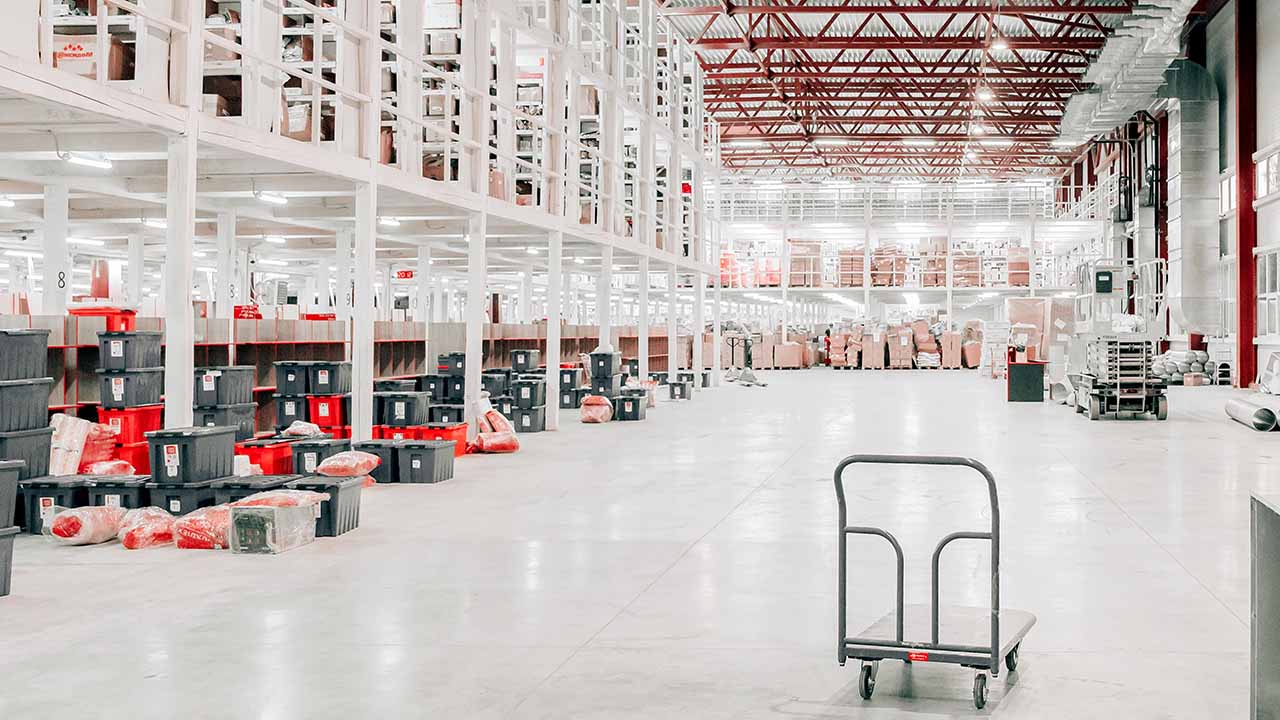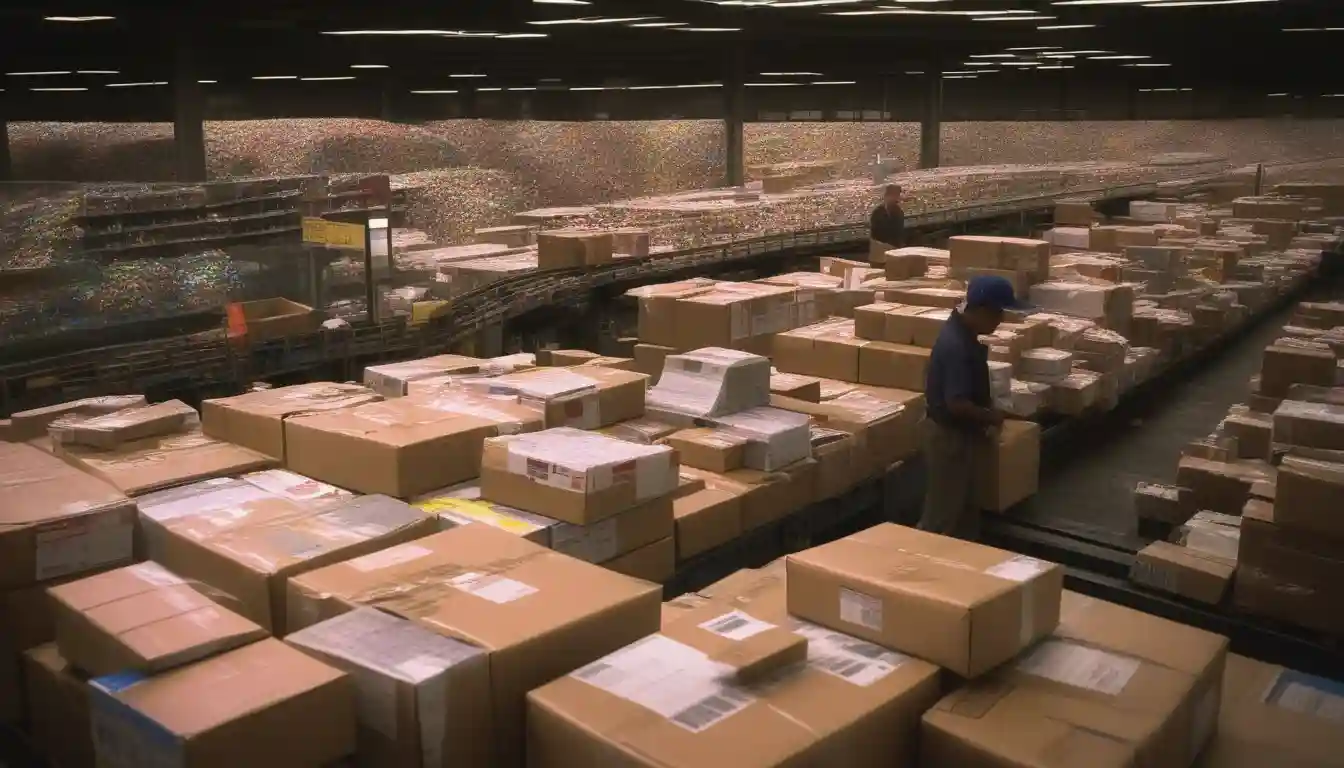The End of Free Rides: How America's Tariff Revolution Reshapes Global Commerce
CHICAGO — At 12:01 a.m. Eastern Time Friday morning, a quiet revolution began in the warehouses and sorting facilities of America's postal network. For the first time in decades, virtually every small package crossing U.S. borders now carries the weight of federal duty collection—a transformation that promises to reshape the $4.9 trillion global e-commerce landscape.

The change, implemented through an executive order suspending duty-free treatment for low-value shipments, represents the most significant alteration to U.S. trade mechanics since the North American Free Trade Agreement. What began as a policy response to concerns over counterfeit goods and illicit substances has evolved into a comprehensive restructuring of how Americans shop for foreign-made products.
The numbers tell the story of an overwhelmed system: U.S. Customs processed more than 1.36 billion duty-free packages in fiscal 2024 alone, creating what trade officials describe as an enforcement nightmare. Now, every trinket, gadget, and garment previously sailing through the "$800 or under" exemption must navigate a complex new duty collection mechanism.
The "de minimis" rule, specifically under US Section 321, refers to a threshold below which imported goods are exempt from duties and taxes. Currently set at $800, this duty-free limit for small-value shipments has an evolving history, facilitating trade by reducing processing for low-cost items. The exponential growth of de minimis (duty-free) shipments into the United States over the last decade.
| Fiscal Year | De Minimis Shipments (Millions) |
|---|---|
| 2012 | 110.5 |
| 2016 | 220-224.0 |
| 2019 | 503.1 |
| 2020 | 636.7 |
| 2021 | 771.5 |
| 2022 | 685.4 |
| 2023 | 1,000 |
| 2024 | 1,360 |
When Pennies Become Prohibitive
The mechanics of the new system reveal its transformative potential. International mail carriers and approved third-party collectors face a stark choice: implement an ad valorem system that applies tariff rates to declared values, or opt for flat per-item fees of $80, $160, or $200 depending on the country of origin.
For perspective, a $15 smartphone case from China—previously arriving duty-free—now triggers either a roughly $3.75 ad valorem charge or the $200 flat fee. The mathematics are deliberately punitive, designed to push carriers toward the percentage-based system while fundamentally altering consumer behavior.
"The flat fee structure creates an immediate economic barrier that effectively eliminates the viability of ultra-low-value imports," observed a senior trade analyst who requested anonymity due to client relationships. "We're witnessing the end of the $3 impulse purchase from overseas."
Early market responses underscore this shift. Deutsche Post and Japan Post have temporarily suspended certain U.S.-bound parcel services while implementing new payment systems. The disruption ripples through supply chains that have spent years optimizing for duty-free small package delivery.
The Architecture of Disruption
The policy's sophistication lies in its operational structure. Rather than simply imposing blanket tariffs, the system creates a new ecosystem of "qualified parties"—third-party companies approved by Customs to collect and remit duties on behalf of postal carriers. This intermediary layer, populated by logistics firms like Flexport, Zonos, and IBC, represents a entirely new revenue stream in global trade.
These qualified parties must post bonds, maintain monthly reporting, and navigate the complexities of country-of-origin determination—capabilities that favor established players with existing customs expertise. The barriers to entry effectively consolidate duty collection among sophisticated operators, creating what industry insiders describe as a "compliance moat."
Market dynamics already reflect this consolidation. Express delivery services, traditionally higher-priced alternatives to postal delivery, now find themselves competitively advantaged. Their existing duty-paid-delivery infrastructure and established clearance processes position them to capture volume from disrupted postal flows.
Global Supply Chain Recalibration
The policy's reach extends far beyond individual consumer purchases. Cross-border e-commerce platforms built on direct-from-abroad fulfillment models face fundamental business model challenges. The economics that made $5 shipped products viable from manufacturing centers in Asia evaporate when landed costs potentially quadruple.
Industry observers anticipate a massive acceleration in U.S. inventory positioning. Rather than shipping individual items internationally, foreign manufacturers and retailers will likely consolidate shipments to U.S. warehouses, fundamentally altering cash flow dynamics and working capital requirements.

This shift particularly impacts fast-fashion retailers and marketplace platforms that have thrived on ultra-low-cost, direct-ship models. Early stock market reactions reflected this concern, with shares of companies heavily dependent on cross-border small-parcel delivery experiencing notable volatility.
The Durability Question
Unlike previous trade policy adjustments that faced immediate legal challenges, this change rests on national emergency authority under the International Emergency Economic Powers Act. By citing concerns over fentanyl precursors and counterfeit goods alongside trade deficit concerns, policymakers have constructed what legal experts consider a particularly robust foundation.
The International Emergency Economic Powers Act (IEEPA) is a U.S. federal law granting the President broad authority to regulate international commerce and financial transactions during a declared national emergency. Activated by executive order, it allows the President to impose sanctions, block assets, and control transactions to address unusual and extraordinary threats to U.S. national security, foreign policy, or economy.
The executive order's multi-faceted emergency justification—encompassing border security, public health, and economic security—creates multiple legal backstops that complicate potential court challenges. This structural durability suggests the changes represent a permanent shift rather than a temporary policy adjustment.
Investment Implications and Market Positioning
For institutional investors and trading professionals, the changes create distinct winners and losers across multiple sectors. Express delivery companies and customs brokerage firms emerge as clear beneficiaries, capturing both volume and new revenue streams from duty collection services.

U.S.-based fulfillment companies and third-party logistics providers similarly benefit from the accelerated need for domestic inventory positioning. The working capital requirements for foreign retailers to maintain U.S. stock creates opportunities for financing and logistics service providers.
Conversely, companies dependent on high-volume, low-value international shipments face margin compression and potential business model obsolescence. The mathematical impossibility of maintaining competitiveness while absorbing $80-$200 per-item duties forces strategic pivots that may not preserve existing scale advantages.
The New Normal Takes Shape
As markets digest these changes, several trends appear likely to accelerate. Consumer pricing transparency around duties and landed costs will become standard practice, with checkout experiences increasingly displaying total delivered prices rather than product-plus-shipping calculations.
The geographic distribution of e-commerce fulfillment will continue shifting toward domestic nodes, reversing years of direct-international-shipping optimization. This trend supports U.S. logistics real estate and employment while potentially moderating some inflationary pressures through improved supply chain predictability.
Perhaps most significantly, the changes represent a broader philosophical shift toward comprehensive tariff coverage that polls suggest enjoys bipartisan support. The technical success of this implementation may well presage additional trade policy adjustments that further prioritize domestic production and employment over global cost optimization.
The morning's quiet transformation in customs facilities nationwide marks not just a policy change, but a fundamental recalibration of how America engages with global commerce. For businesses and consumers alike, the age of the "free ride" has definitively ended.
NOT INVESTMENT ADVICE
